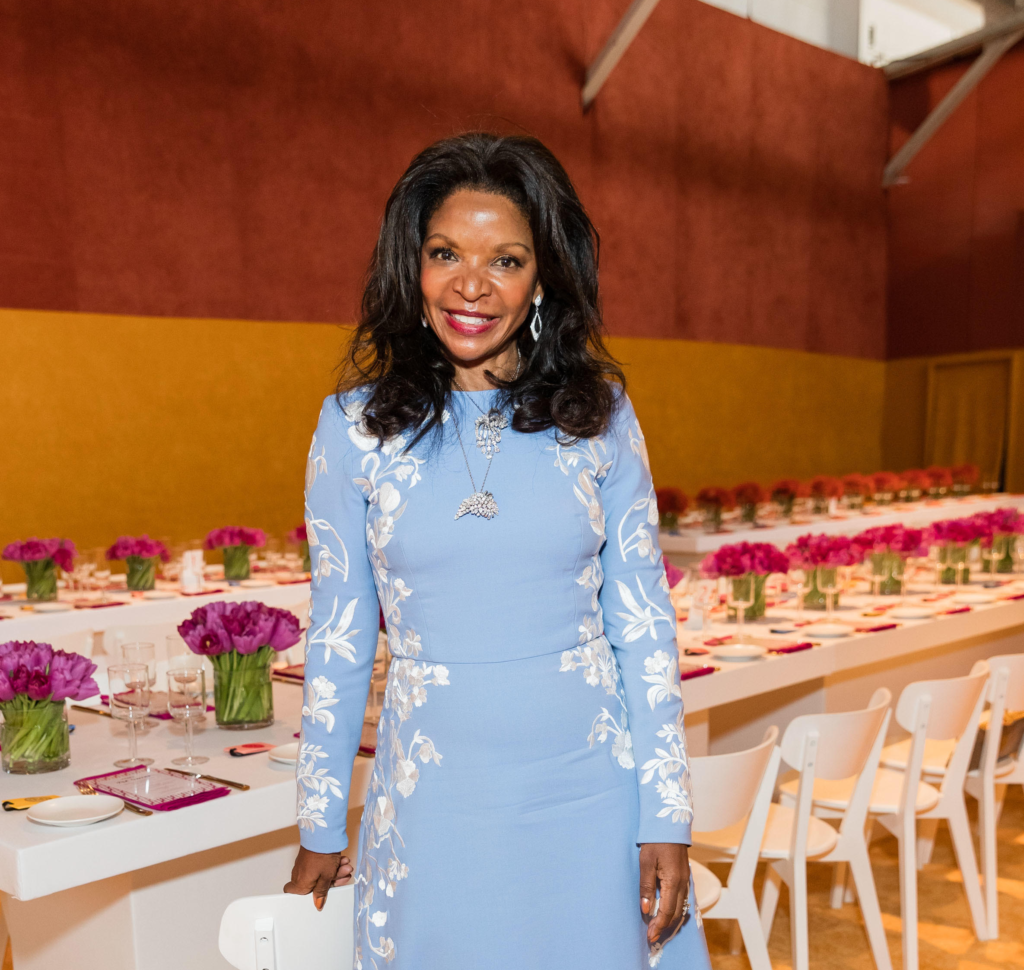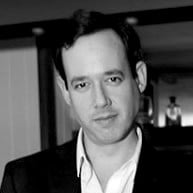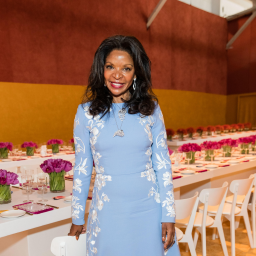I am working on acquiring pieces by a range of artists from different generations, including Michael Armitage, Jordan Casteel, Jadé Fadojutimi, Lauren Halsey, Suzanne Jackson, Nathaniel Mary Quinn, and Kara Walker.
What is the most expensive work of art that you own?
There is often a difference between value and cost. I attach the greatest value to works that remind me most of my personal relationship with the artist. Kevin Beasley, Shinique Smith, and Leonardo Drew created commissions based in part on our relationship. I own a painting that Mark Bradford nicknamed “The Pamela Painting” because I fell so in love with the work. My life is enhanced by these relationships in a way that is priceless.
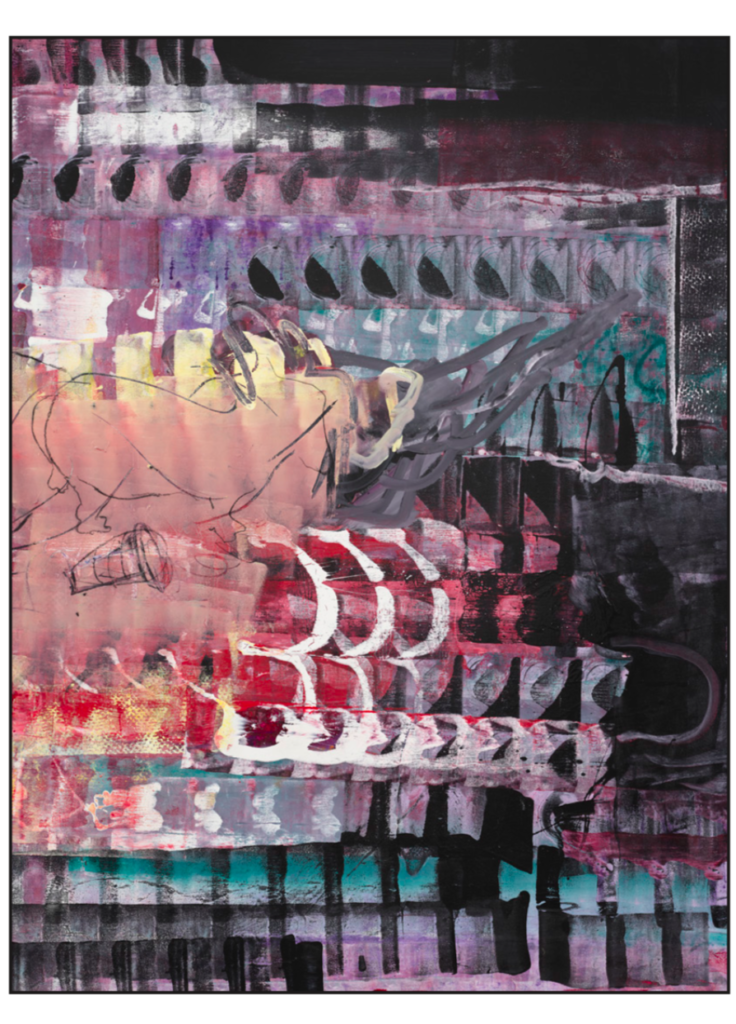
Mary Lovelace O’Neal, Tillie, Lassie, and the Don (ca. 1998). Photo: Tom Powell Imaging, courtesy Mnuchin Gallery, New York.
Where do you buy art most frequently?
My buying is keenly artist-focused. I have to gravitate toward where the work is. This could be any city, gallery, auction house, or private collection.
Is there a work you regret purchasing? If so, why?
I am a planner. As a result, I have considered the attributes of most works long before I actually add a particular artist or object to the collection. That process leaves me with no regrets.
What work do you have hanging above your sofa?
We hang our home densely as part of our mission to have work created by artists of color, particularly those who have been arbitrarily overlooked, available to be viewed. All the sofas float in the center of the rooms. The one exception is a sofa over which a photograph by Isaac Julien hangs.
What artwork, if any, do you have in your bathroom?
We hang works on paper in the powder rooms because there is good light and moisture control. The current installation includes drawings by Moshekwa Langa, Julie Mehretu, and Richard Mayhew and prints by William T. Williams and Kerry James Marshall.
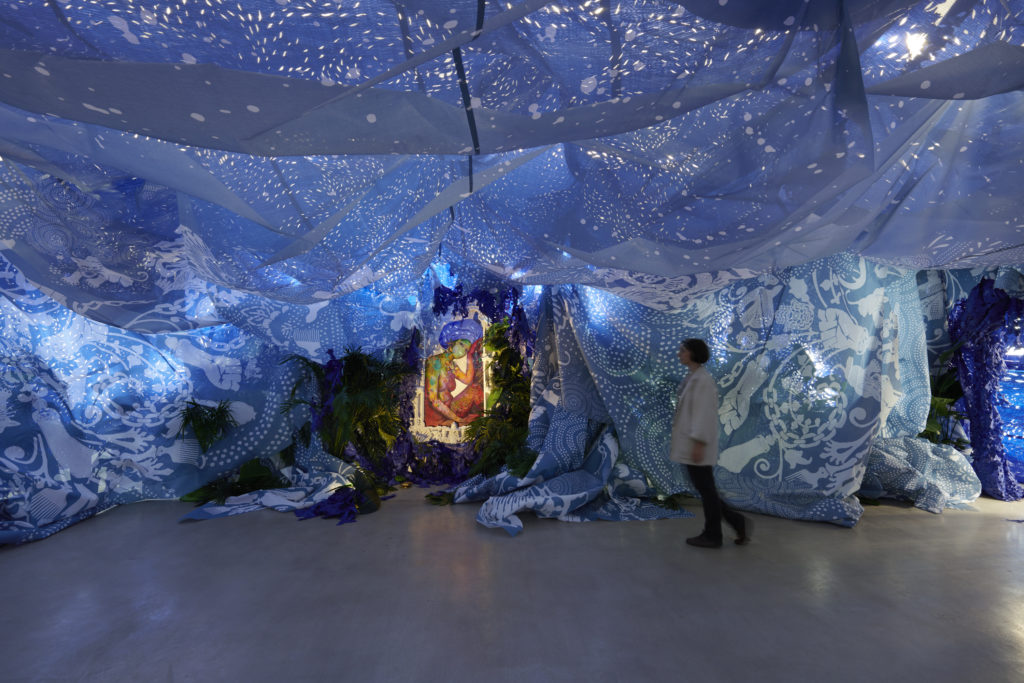
Installation view, Firelei Báez, A Drexcyen Chronocommons (To win the war you fought it sideways) (2019). Courtesy of the artist and James Cohan Gallery.
What is the most impractical work of art you own? What makes it so challenging?
A Drexcyen Chroniocommons by Firelei Báez. It is a flexible installation containing massive amounts of tarp and live plants that is located in my library. It took the artist and four art handlers a week to install.
What work do you wish you bought when you had the chance?
A large Julie Mehretu painting in 2001 or 2002.
If you could steal one work of art without getting caught, what would it be?
I was completely captivated by Martin Puryear’s elegant US Pavilion at the 2019 Venice Biennale. My favorite work was A Column for Sally Hemings.
